
Japanese people commemorate the victims of the 2011 double disaster. (Source: Abcnews)
On March 11, people across Japan held memorial services for the victims of the earthquake and tsunami disaster in March 2011.
Since 2022, the Japanese government has stopped holding a national memorial service, but local governments in areas affected by the disaster still hold small-scale memorial services.
At exactly 2:46 p.m. — the time a magnitude 9 earthquake struck the Tohoku region exactly 12 years ago — people across the country observed a minute of silence to remember the victims of the disaster.
Attending the memorial service organized by the Fukushima prefectural government, Japanese Prime Minister Fumio Kishida affirmed that the government will "continue to make every effort" to ensure the reconstruction of Fukushima prefecture in particular and the Tohoku region in general.
The latest statistics from the National Police Agency (NPA) show that the 2011 earthquake and tsunami disaster claimed the lives of about 15,900 people and left 2,523 others missing, mainly in Miyagi, Fukushima and Iwate prefectures.
This is the first time since 2011 that the death toll from the disaster has not increased.
In addition, according to the Japan Reconstruction Agency, as of March 31, 2022, the number of deaths related to this double disaster, including those who became ill or committed suicide due to depression, was 3,789.
On the other hand, the disaster also destroyed many houses and infrastructure in the northeastern region of Japan, and caused serious incidents at the Fukushima No. 1 Nuclear Power Plant of Tokyo Electric Power Company (TEPCO) in Fukushima Prefecture, forcing tens of thousands of people to leave their homes.
Twelve years after the disaster, the Japanese government and people have made tireless efforts to rebuild the areas devastated by the disaster. However, as of November 2022, about 31,000 people in these areas are still unable to return home.
For the Fukushima No. 1 Nuclear Power Plant, TEPCO completed the removal of nuclear fuel rods in the spent fuel pool at reactor No. 4 in April 2014 and at reactor No. 3 in February 2021.
The company is now working toward dismantling the fuel rods at reactors 1 and 2, and using robots to inspect the inside of the reactors to then collect fuel debris.
However, TEPCO is facing many challenges in the process of dismantling the four damaged reactors, the biggest problem currently being the treatment of radioactive wastewater produced daily during the cooling process of fuel rods, as well as rainwater and groundwater contaminated with radiation from the plant.
TEPCO has recently built an Advanced Liquid Treatment System (ALPS) to treat contaminated wastewater. This system has been operating stably since 2019 and is capable of removing 62 radioactive substances from contaminated water (except tritium).
In addition, TEPCO has installed tanks to store treated radioactive wastewater. However, TEPCO may not have enough space to store contaminated wastewater by this summer or fall.
In that context, in mid-January, the Japanese government decided to discharge this treated radioactive wastewater into the sea in the spring or summer of this year. However, this plan is facing opposition from local people as well as some countries in the region.
VNA





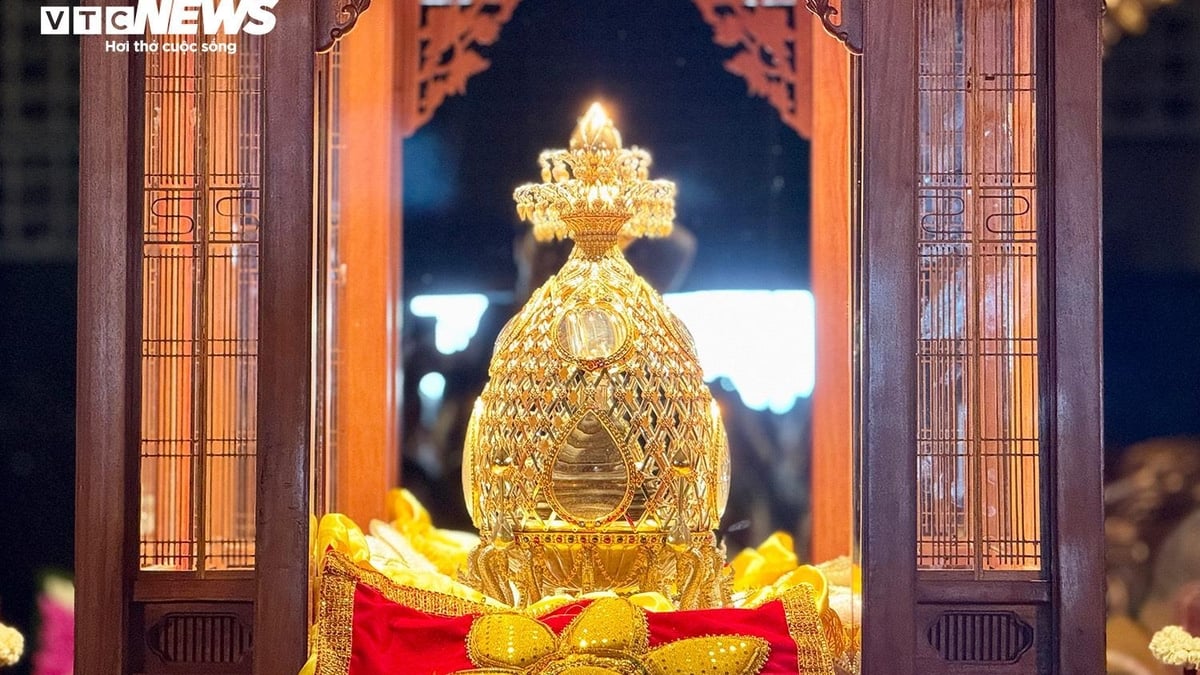


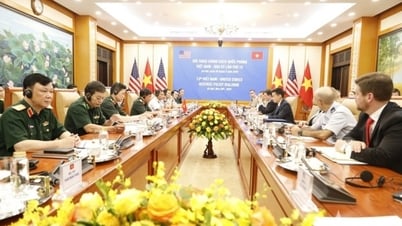


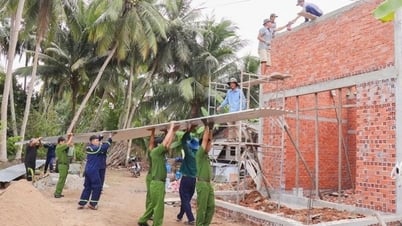
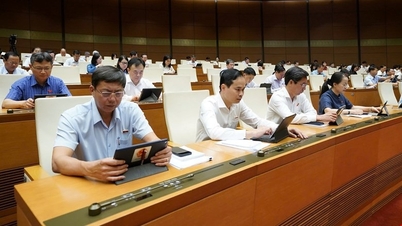
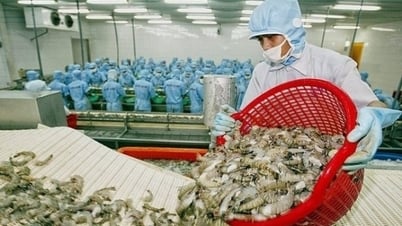




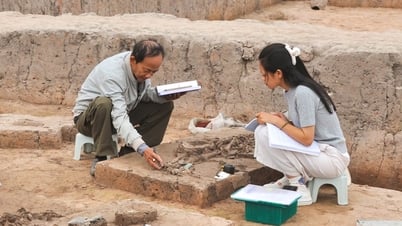



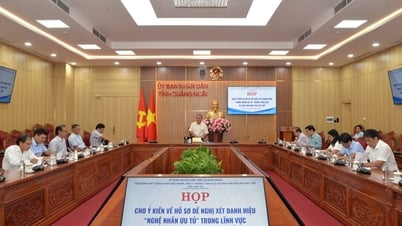

![[Photo] Prime Minister Pham Minh Chinh meets with the Policy Advisory Council on Private Economic Development](https://vphoto.vietnam.vn/thumb/1200x675/vietnam/resource/IMAGE/2025/5/8/387da60b85cc489ab2aed8442fc3b14a)
![[Photo] General Secretary To Lam begins official visit to Russia and attends the 80th Anniversary of Victory over Fascism](https://vphoto.vietnam.vn/thumb/1200x675/vietnam/resource/IMAGE/2025/5/8/5d2566d7f67d4a1e9b88bc677831ec9d)

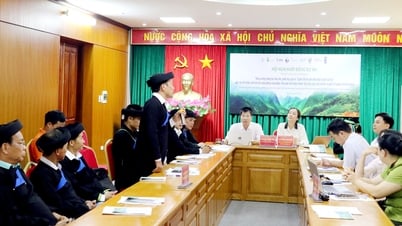

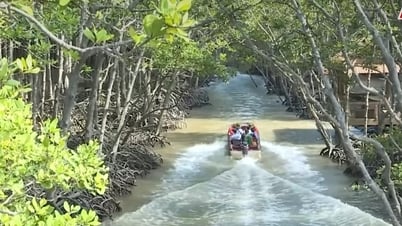






























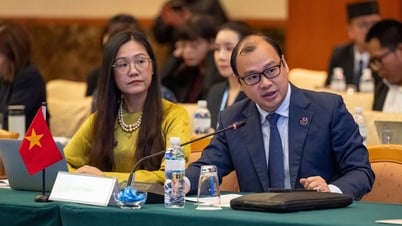




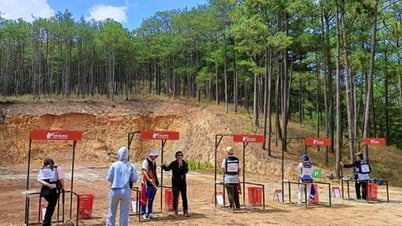
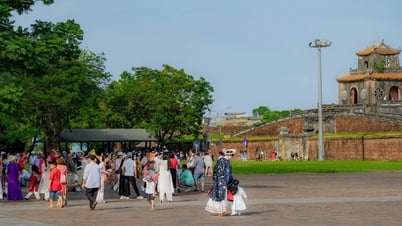




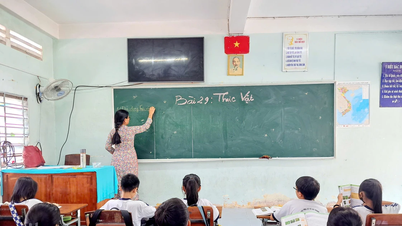








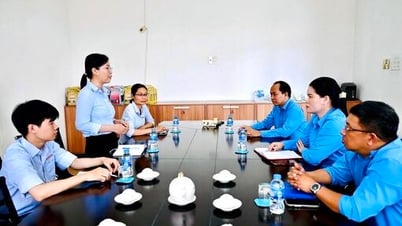










Comment (0)